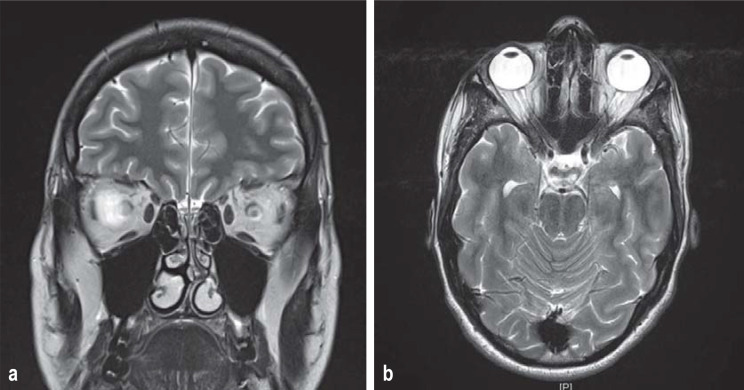A 30-year-old woman with an unremarkable medical history developed nocturnal parosmia (an intense smell of sweaty feet) lasting for several hours. On the next day, she felt slightly unwell. No specific symptoms (cough, fever) were present. Two days later, she reported complete loss of smell and taste. An ENT specialist diagnosed complete anosmia. Topical steroids b.i.d. and smell training were started. Postviral hyposmia was diagnosed, but (in the absence of known symptoms) SARS-CoV-2 infection was not suspected. The anosmia started to improve 6 days later and eventually disappeared altogether. Cranial MRI revealed no abnormalities. Fourteen days after the parosmia, it was publicized that hyposmia might be a symptom of SARS-CoV-2 infection. One day later, PCR testing for SARS-CoV-2 was positive. Parosmia is a subjectively intrusive manifestation that may well be a clinical sign of SARS-CoV-2 infection and may precede hyposmia. A report of parosmia should lead to early SARS-CoV-2 testing.
Translated from the original German by David Roseveare.
Figure.
Cranial MRI was inconspicuous. Coronary (a) and axial (b) T2-weighted images show no pathological features in the depicted structures of the olfactory system.
Footnotes
Conflict of interest:
The authors declare that no conflict of interest exists.



